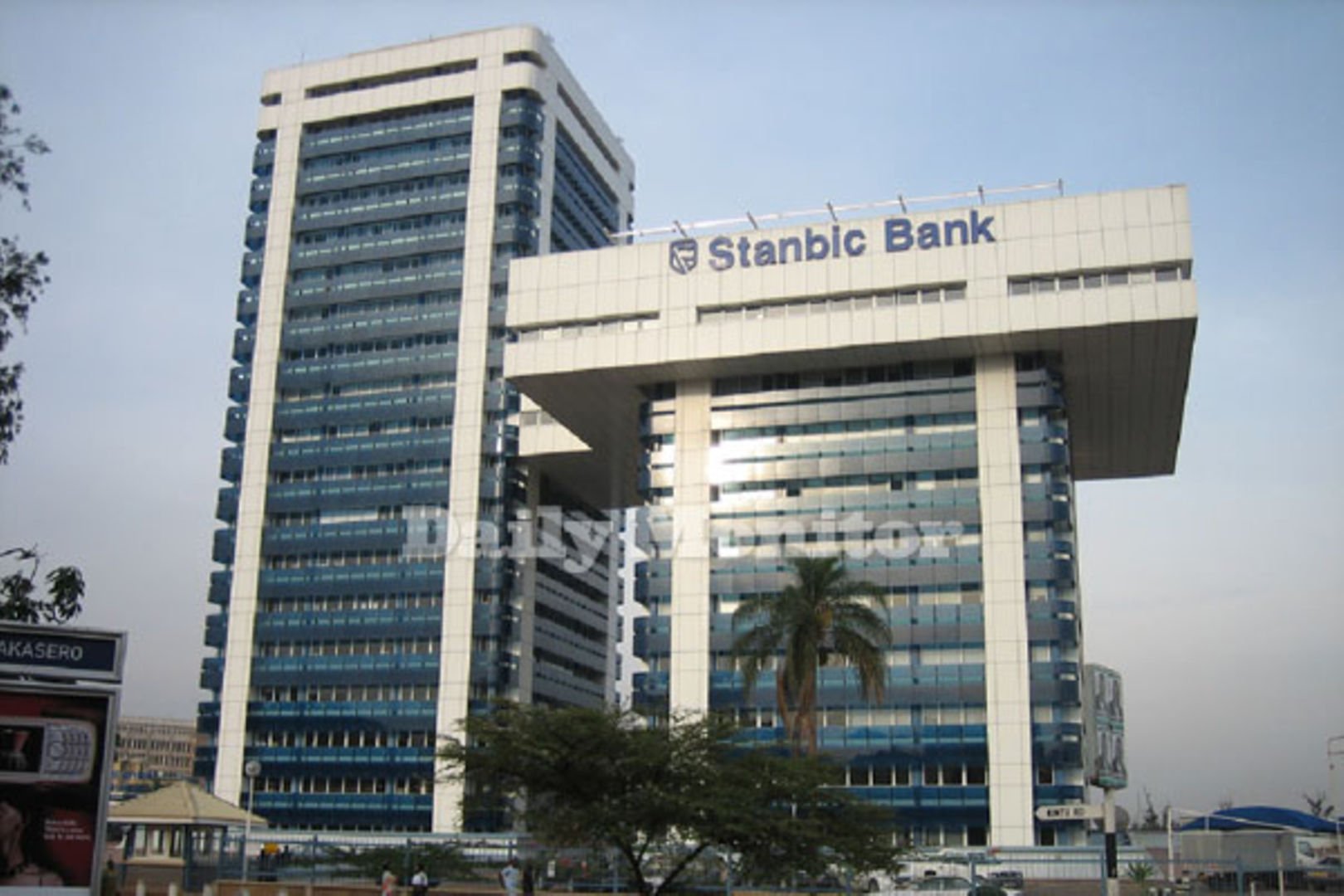Why banks are joining unit trusts party


Banks are steadily taking positions, establishing in-house collective investment schemes that have, for long, been traditionally a reserve of fund managers, the majority of which are insurance firms.
The move creates a new dimension, in which assets under management - especially by insurance firms managed under unit trusts - have grown exponentially in over four years since their first establishment in Uganda.
Data from Capital Markets Authority (CMA) indicates that as of June, assets under management stood at Shs3 trillion, a 10.4 percent increase from Shs2.78 trillion in March, which was a 15.4 percent rise from Shs2.3 trillion registered in December 2023.
The increase was largely due to a growing shift in which many Ugandans are choosing to voluntarily save and invest through collective investment schemes also known as unit trusts.
The growth, especially among unit trusts in under four years since their first establishment, has excited banks to join the party, whose growth is projected to remain above double digits in the next five years.
In July, SBG Securities, a subsidiary of Stanbic Holdings, launched the Stanbic Unit Trust, which set the minimum investment requirement of Shs100,000 and subsequent deposits of Shs50,000 under three separate funds including the money market (short-term), bond (medium-term), and balanced funds (long-term).
Mr Francis Karuhanga, the Stanbic Holdings chief executive officer, said at the launch then that the unit trust industry had shown strong growth, with assets under management rising by 20 percent by December 2023.
Other banks that have entered the collective investment schemes sector include Standard Chartered, which operates the SC Shilingi Funds - launched in June as a short-to-medium term funds - and KCB.
Many others have previously indicated plans to launch products related to collective investment schemes.
However, it is still difficult to measure how they have so far performed or project how they will perform going forward.
But their entry breaks into a new territory at a time when collective investment schemes are gaining the confidence of many Ugandans, mainly due to their flexibility in terms of preserving capital and the convenience of opting in or out.
Collective investment schemes invest primarily in fixed-income assets, including commercial bank demand and time deposits, and government securities.
In Uganda, there are six fund managers operating different schemes such as money market, balanced, and umbrella trust funds, which include Britam, ICEA Lion, Sanlam Investments, Old Mutual Investments, Xeno Technologies, and SBG Securities.
Capital Markets Authority data indicates that as of June, the collective investment scheme sub-sector had at least 91,289 funded accounts, a growth of 10 percent from 83,020 in the quarter ended March 2024.
Data further indicates that Kenya holds the largest number of collective investment scheme accounts at 1.2 million, followed by Uganda at 91,289 accounts, while Tanzania has the least accounts at 194,560.
As of June 2024, Uganda had $821.7m (Shs3 trillion) held under collective investment schemes, representing 1.8 percent of gross domestic product.
Kenya remains the leader in East Africa with assets under management due to collective investment schemes standing at $1.73b (Shs6.4 trillion).
Unlike Uganda, Kenya also has a larger number of commercial banks, among which include Stanbic, NCBA, Absa, Co-operative, KCB and Equity, offering asset-class investment alternatives.








0 Comments